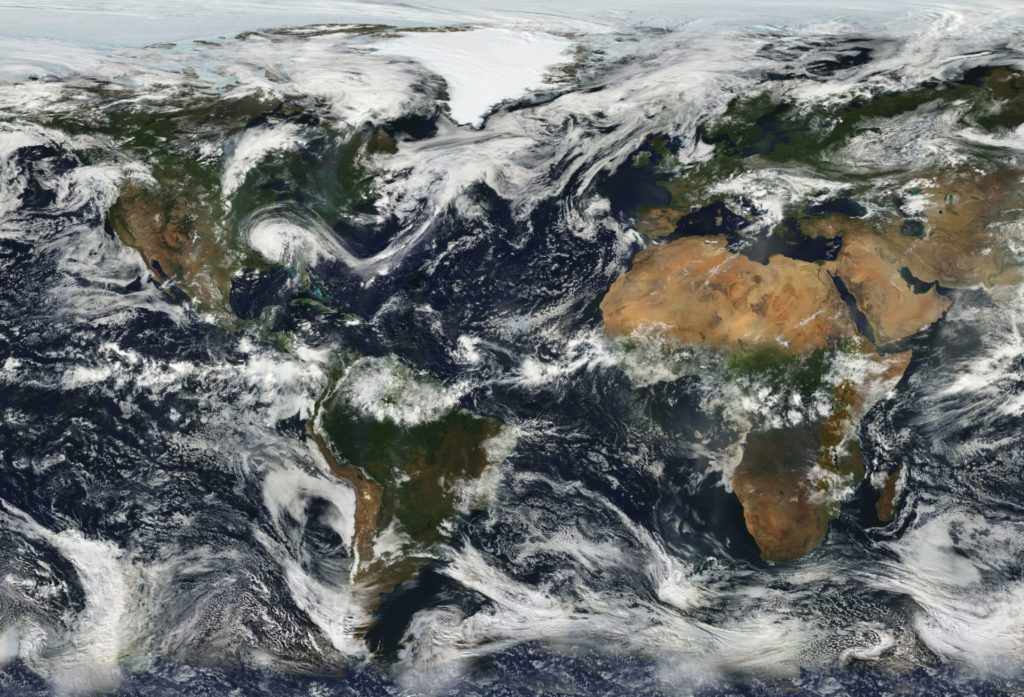Climate change is closely linked to population growth. In high-income countries especially, population growth directly causes climate change because each additional person causes significant emissions throughout their lifetime. High consuming lifestyles in the most affluent countries result in much higher per capita emissions than in middle- and low-income countries, where most of the world’s population lives and is projected to grow. In contrast, people living in low-income regions contribute very little to overall emissions but are disproportionately vulnerable to the weather extremes, water stresses, and food production challenges associated with a warming climate. In the center of the spectrum are middle-income countries, home to 75% of the world’s population. In these places, industrialization will increase consumption over the coming decades. Without changes to how economies tend to grow, carbon emissions will rise. One of the many unjust realities of the climate crisis is the unevenness of development trajectories across the world: The very processes of industrialization that have historically facilitated increases in living standards, overall health, and economic growth for affluent nations now also act as environmental threats for which consequences are more immediate and life-threatening than ever before.
Population pressures compound the negative effects of climate change. Both population growth and climate change contribute to resource depletion, economic insecurity, and decreased overall health. Growing populations increase demand for these diminished natural resources, furthering environmental degradation and posing challenges for equitable resource allocation. Additionally, population pressures undermine food security, poverty alleviation, access to education, the status of women, and climate adaptation.
As there is no panacea for combating climate change, a wide variety of options needs to be exercised. An integrated approach includes educating girls and empowering women to make their own childbearing decisions.
This presentation explores the connections between population dynamics, access to comprehensive health care, and climate change. Through an historical examination of global population dynamics, the slide deck will help clarify the links between poverty, marginalization, women’s rights, and environmental pressures made worse by climate change. The presentation concludes by showing how access to family planning and reproductive health care services is critical to women’s empowerment and can play an impactful role in climate adaptation and mitigation efforts.

